Costa Rica
# January 14, 2024
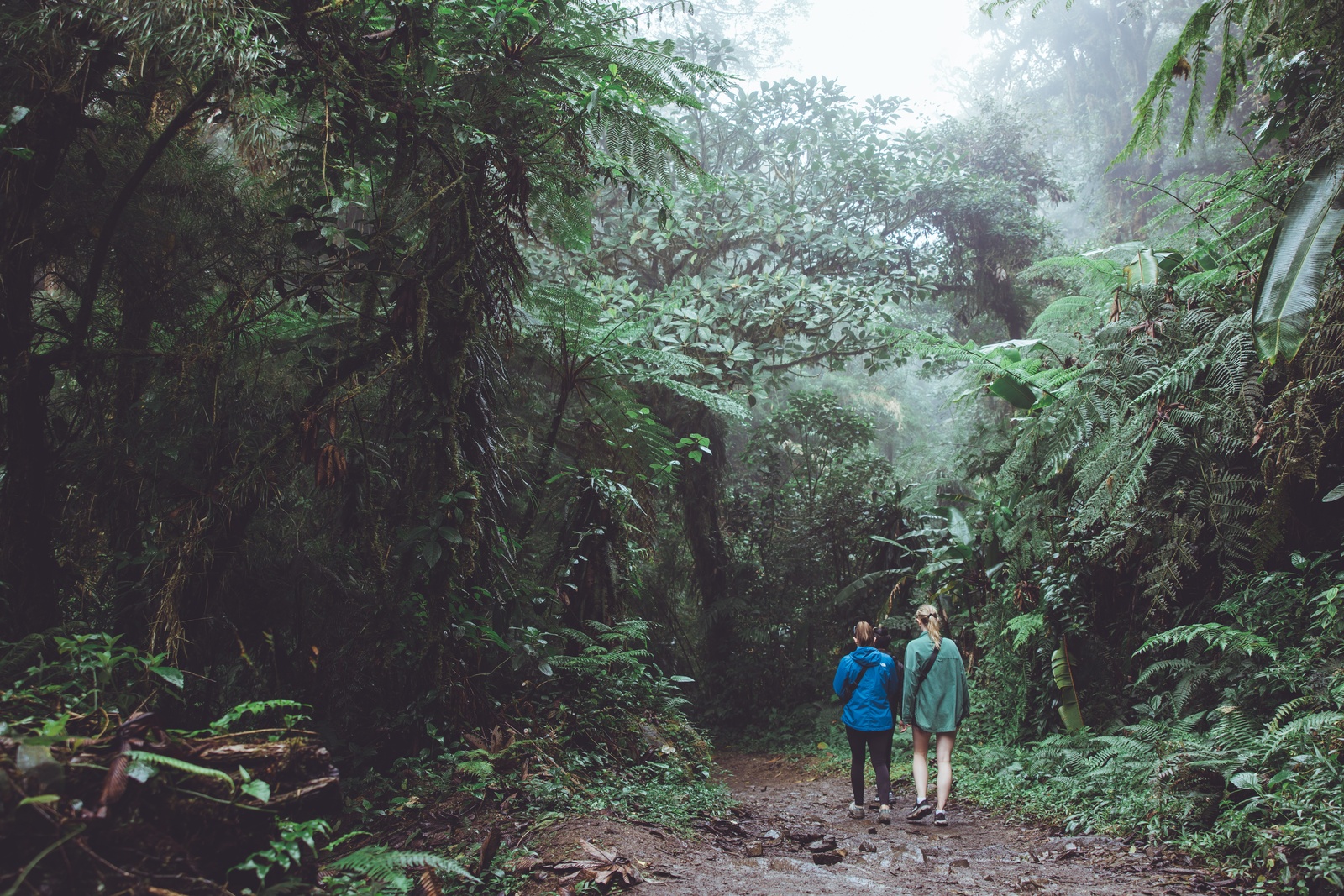
We spent a week in Costa Rica at the beginning of 2024. This landed us right in the dry season of Central America so we set our sites on hikes, sun, and beaches. We went with two old friends of mine who were spending a bit of time on the western peninsula before doing a surfing intensive.
We had a short trip on the docket. 6 packed days to see and do as much as possible, while enjoying some R&R along the way. The pace couldn't be more different from the full emersion of living and working remotely.
Liberia
Liberia has a lot of direct flights from LAX (maybe 6-10 every day across the major carriers). It's also a city in Costa Rica that seemingly no one has heard about - including people that have spent months backpacking around the country. I'd say it's a perfect destination if you're interested in getting off the beaten path in the Northwest of the country. If your focus is on the Caribbean side or the main coast, travel through San Jose instead.
Landing in Liberia really felt like landing in the countryside. The Liberia airport is surrounded by empty fields with one main road that goes out west or out east. That's it. The actual city is about a half an hour drive down that road. Our directions quickly became based on "left on the road" or "right on the road." It kept things oriented.
It was late by the time we got in so we grabbed a rental car near the airport.1 Most of the major carriers have booths at the airport - but all of their rental shops are off the grounds. Even if you book with a smaller carrier they'll probably have an airport shuttle van that takes you to the pickup point.
Given the condition of some of the roads that we crossed, you'll want to go for an all-wheel drive automatic. Note that Costa Rica doesn't accept implicit liability guarantees from credit card companies, like Chase or Amex. You'll need a certified letter of proof for your insurance details - or otherwise you'll need to opt for some limited liability package provided by the rental carrier.
Since the downtown was far from our hotel, we didn't spend a ton of time checking it out. Most of the restaurants there were still closed for the holiday break, so we found a bar with some tapas and filled up before calling it for the night. Brush up on your Spanish if you want to spend some quality time in Liberia.
Driving
There's a pretty good bus system that connects Costa Rica, and additional choices in tourist busses that will take you to more popular areas. For the condensed schedule that we were on (plus our choices to visit some out of the ordinary places) a car made more sense.
It might take you a minute to get used to the rules on the road after you land. People will often park anywhere in the city, and lanes are often more of an advisory policy than a rule. Motorcycles are also the preferred modes of transit so they'll routinely pass you on the left or on the right. There's a stop sign at most pedestrian crosswalks but most locals treat it more like a yield.
While there isn't an adherence to these strict rules, there's certainly an adherence to defacto rules. If you notice someone has been waiting to turn for awhile, you'll give them space. You'll wait 30 seconds before passing someone on the left. There's a rhythm to the driving that you'll learn quickly - just give it a bit.
Parque Nacional Rincon de la Vieja
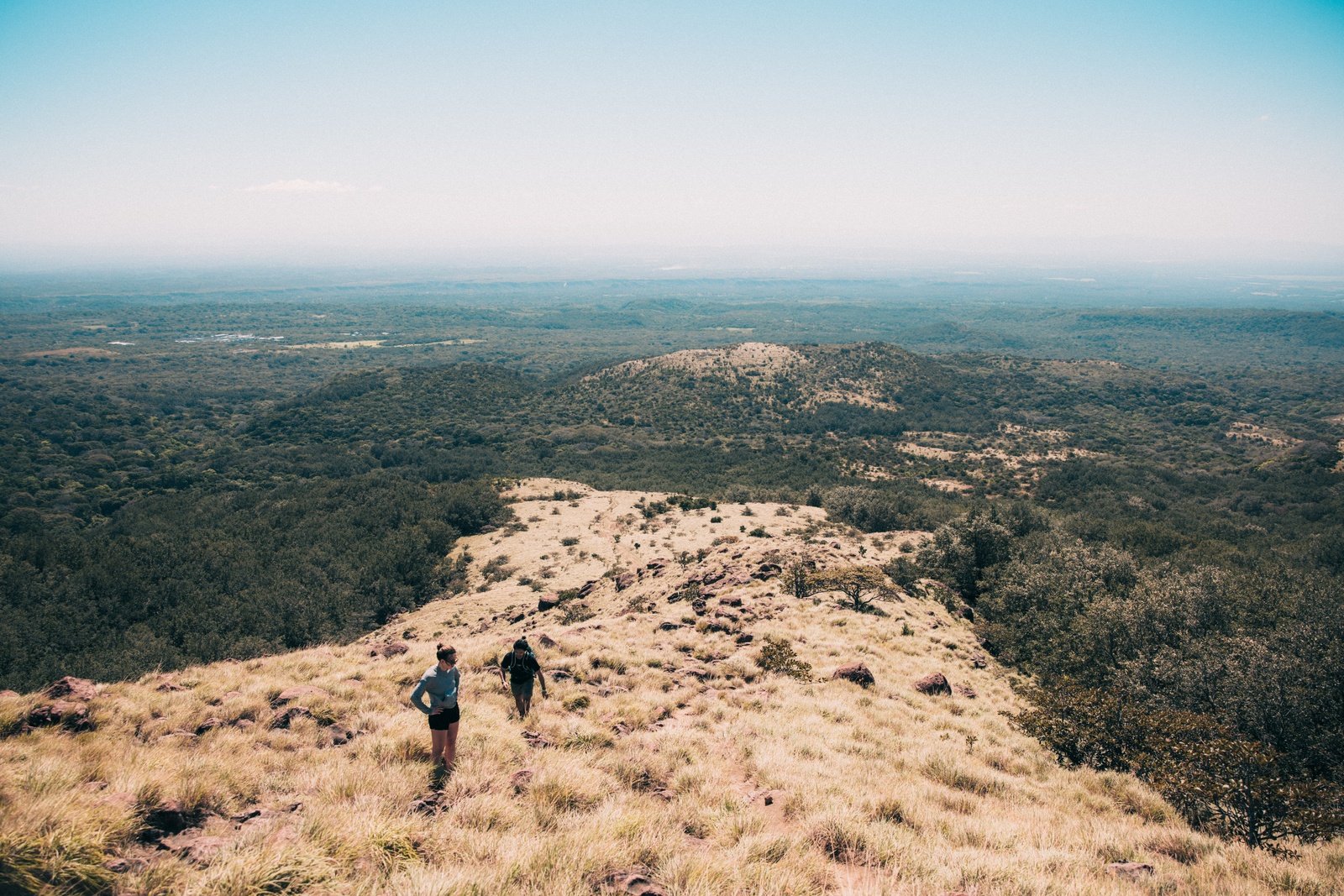
We caught ourselves driving in the dark of night from Liberia to Rincon de la Vieja. Somewhere along the way the road turned to dirt, as we're dodging potholes and old concrete slabs. We eventually get to a seemingly unmanned gate. In the haze of the dust we can just barely make out its insignia. We were able to hazard a guess that it was for our hotel. We were able to flag down a security guard and he directed us to the registration office.
There aren't a lot of choices in accommodations near the park. We booked at the Monteverde Country Lodge somewhat by chance. I originally thought this was just a regular hotel. Turns out it's a whole section of the countryside: laid out on thousands of acres, with tubing, zip-lining, waterfalls, and a direct connection to the national park. There's a straight road from the hotel front gate to the park entrance. In fact, I'm not entirely sure how you can get to the national park without going through the hotel.
There's one main trail in this park that leads to two waterfalls. You can either do a long climb (~1000ft) to the upper waterfall, or go on flatter ground to the second.
We were told by the ranger that the wind was too intense to get to the top. "Your sunglasses, hats, and jackets are just going to go flying everywhere." It seemed to die down a bit by the time we got down to the actual trailhead, so decided to try our luck. What proceeds is a good 1000ft climb up huge rocks until you get to the lookout point. Below you, all of the northern country stretches out into shallow mountains and wide valleys. The wind was pretty crazy but doable.2
At the end, you can hop over a flowing stream and get to the waterfall. The water's freezing but you don't mind much when it's a humid 90 degrees outside.
Monteverde
Despite spending the least time in Monteverde, we did the most. The main attraction there is the Cloud Forest, an ecological preserve right on the continental divide. As you might expect there's a lot of tour infrastructure built up around this attraction - some guided tours, some adventure operators, etc. But there's also a pretty thriving downtown with a lot of cafes, bakeries, and restaurants.
Our recommendations for food:
- Open Kitchen: Some of the best food we had the whole trip. Great paninis and a range of lighter options - acai bowls, smoothies, and breakfast options.
- Greens: Simple, no-nonsense burgers.
We were able to do everything we wanted in Monteverede in around 24 hours. If you want a more leisurely pace, you can comfortably fit everything in two days. More than that you might start having to scrounge around for different things to do.
Cloud Forest
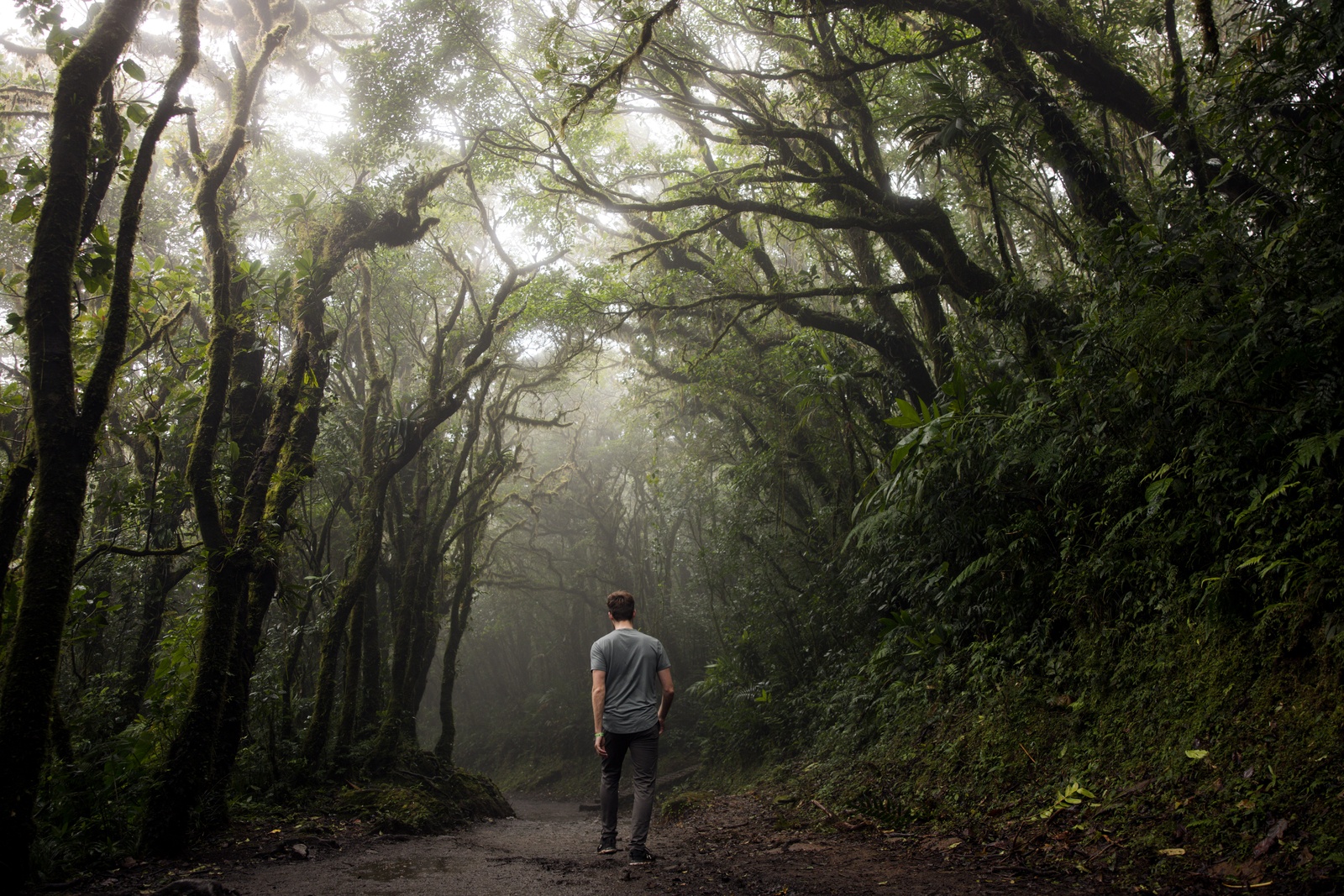
Half the Cloud Forest is windswept bushes and the rest is towering jungle. They have a series of color coded trails, well marked and pretty wide. Aside from a few steep sections it's a really tranquil atmosphere to listen to the forest, take in the wet air, and think.
Proving ourselves not the most adept at finding wildlife, we didn't spot a single thing until a kawati (kwata mundi)3 came wandering beside us on the trail. It looked at us, took note, and continued on its merry way. Couldn't be bothered to stop for conversation.
We had better luck spotting where the tour groups were spending most of their time. And when it rains - it pours.4 In the span of five minutes we saw two monkeys at a distance: the white-faced capuchin and the howler monkey. When you're used to forests only inhabited by birds or the rare deer, there's something that feels very primal about a rainforest. Like even despite the seeming solace, the jungle is just teeming with life right out of sight.
Best to bring a jacket. It can be a good 30 degrees different form downtown Monteverde despite only being a twenty minute drive away. Really reminded me of the good old Bay Area microclimates.
Bird Spotting
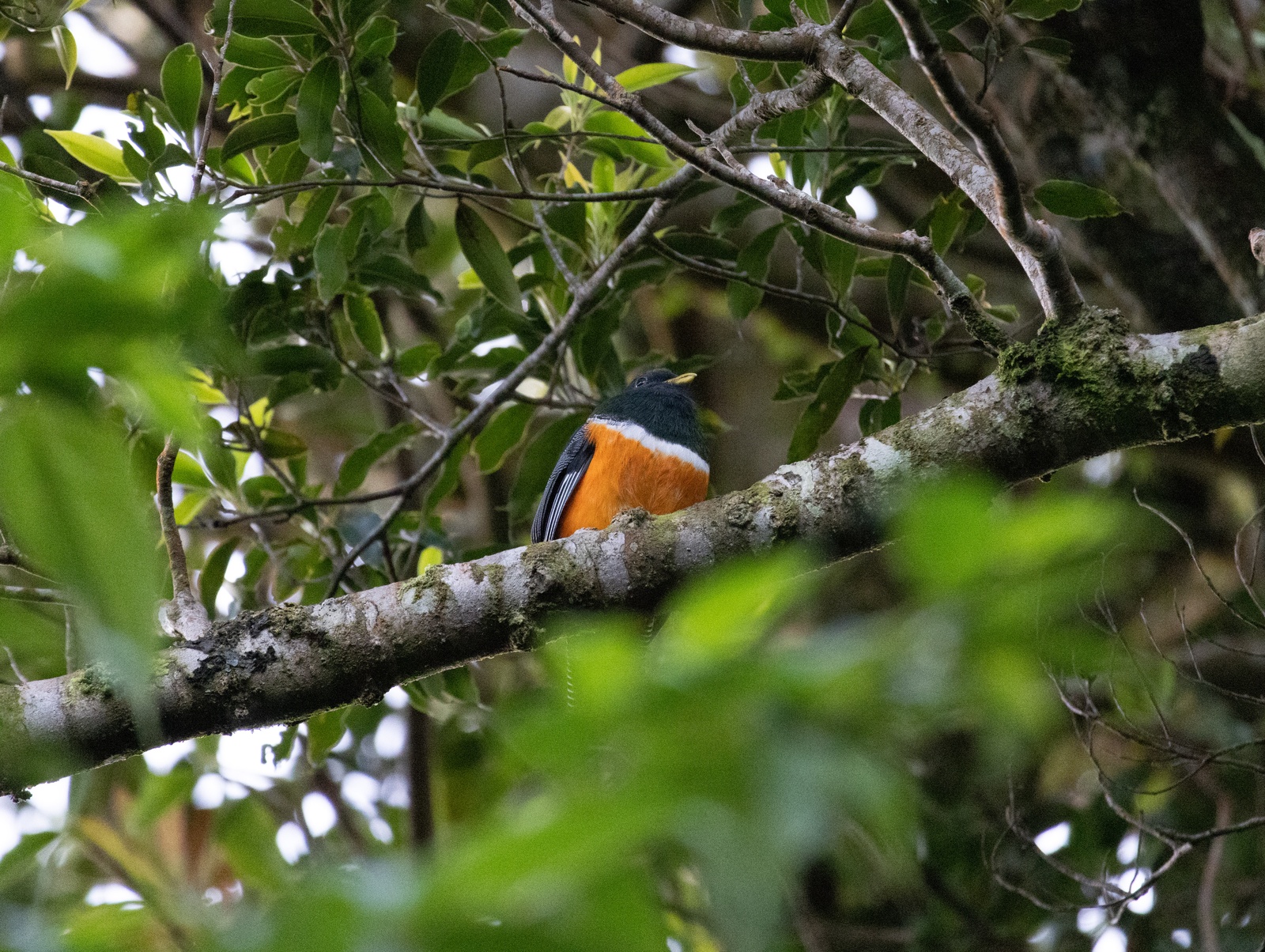
I'll be the first to admit that I don't love tours when I'm traveling. They often give an overly sanitized view on a place and lump you in with low-energy tourists. I avoid them almost at all costs.
However, for some specialty activities, I can see the merit. The two most popular animal tours on Monteverde are night tours and day tours. Most guide you around private parcels adjacent to the park itself. No tour means no access. Plus, as evidenced by our experience in the cloud forest, unless you're a professional birder there's a low change you'll identify anything yourself on the fly. 5
We heard a lot about the night tours - thanks to the appeal of sloths, snakes, and tarantulas. The morning tours seemed to be far less popular. The wake up time might be a part of that. We got up bright and early at 5:30 to meet our guide Justin in a parking lot.6 Despite being light already for half an hour, the town was still. We were the only ones on the tour.
This guy knew the local bird scene inside and out. He was handedly able to identify all of the local birds by their calls or small movement in the distance. More impressively, he was able to locate and setup his spotting scope with perfect focus in under 15 seconds for each spotting. Whether a mnemonic or just a cheeky joke, Justin had a favorite bit about each bird:
Long-tailed Manekin - sing in pairs. The alpha will school disciples in the art of the song. Justin likened it to NSYNC.
Tucan - rarer than you might expect in the jungles of Costa Rica, but we got a few sightings from afar. Later in our coffee tour we saw 3 of them traveling together in a nearby tree. Justin called these a six-pack.
Coffee Touring
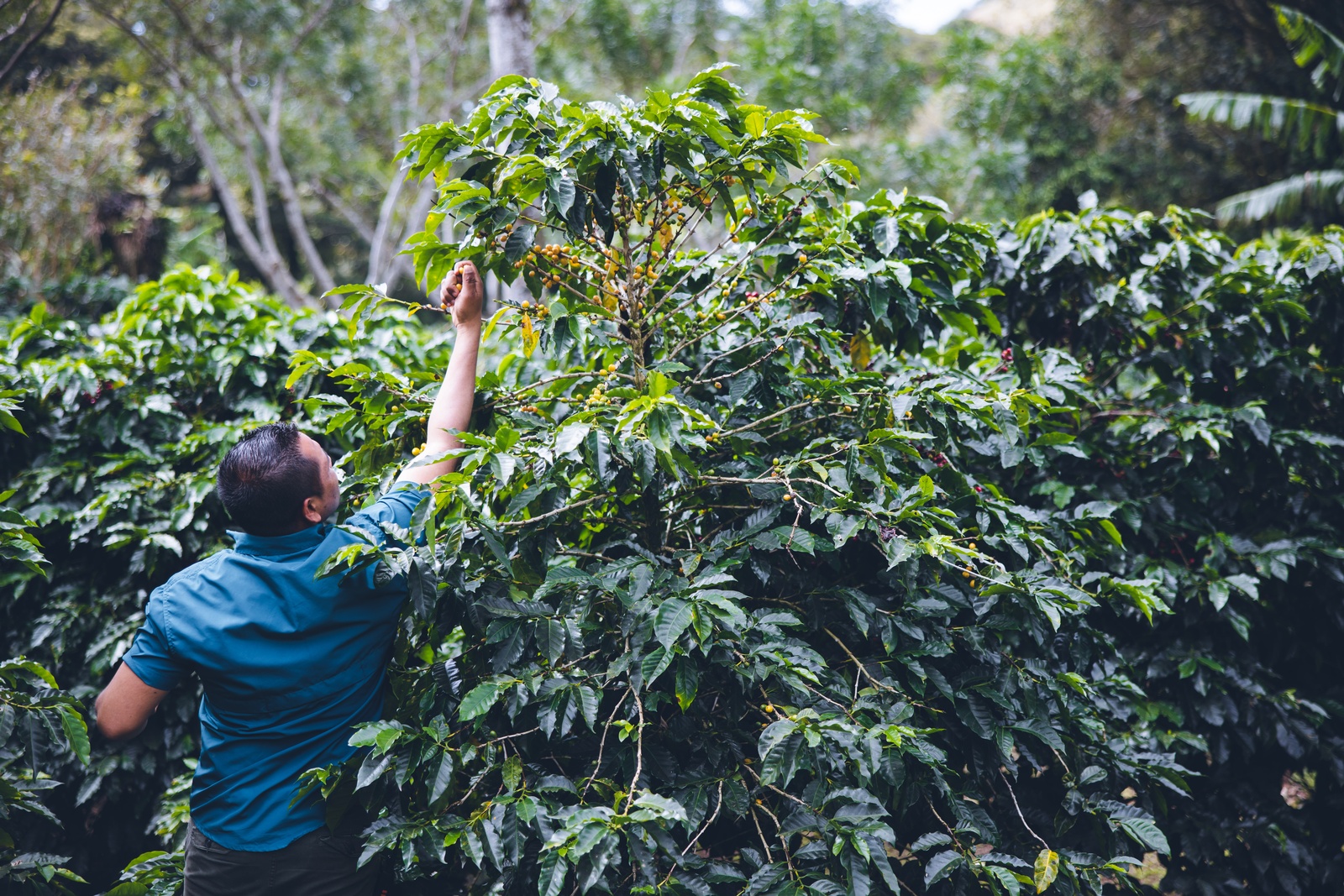
This region is not known particularly well for its coffee cultivation - most of the main farms are in the Caribbean valleys. But we found one spot on the way from Monteverde to Santa Teresa, really close to the city center: Café Monteverde.
The tour was really extensive, going all the way from germinating coffee beans to the roasting process. At each step you taste the current state of the beans. Turns out, raw coffee beans don't taste very good. Some fun facts, new to even this coffee obsessive:
- Plans take 3 years from planting to the first harvest; three growing cycles longer than crops like bananas
- The size of a "box" of coffee is standardized by an international consortium; the payment that farms give to laborers are standardized by the Costa Rican department of agriculture
- Any beans exported from Costa Rica have to be Arabic coffee beans. They don't grant licenses for any other bean varietal; with the goal of keeping the crop constant across the country
Maybe surprising above all else: after shucking, drying, and roasting, one plant only produces one pound of coffee each year. That's about one bag of beans per plant. We meditated a bit afterwards on this; there's such love that goes into each bean. And such resources expended to deliver the final product of bags of beans lining supermarket shelves. We're lucky to drink the end product.
Be warned that the tour is pretty long - up to 3 hours - and by the end of it pretty hot. You have to really like coffee to like this tour.
Santa Teresa
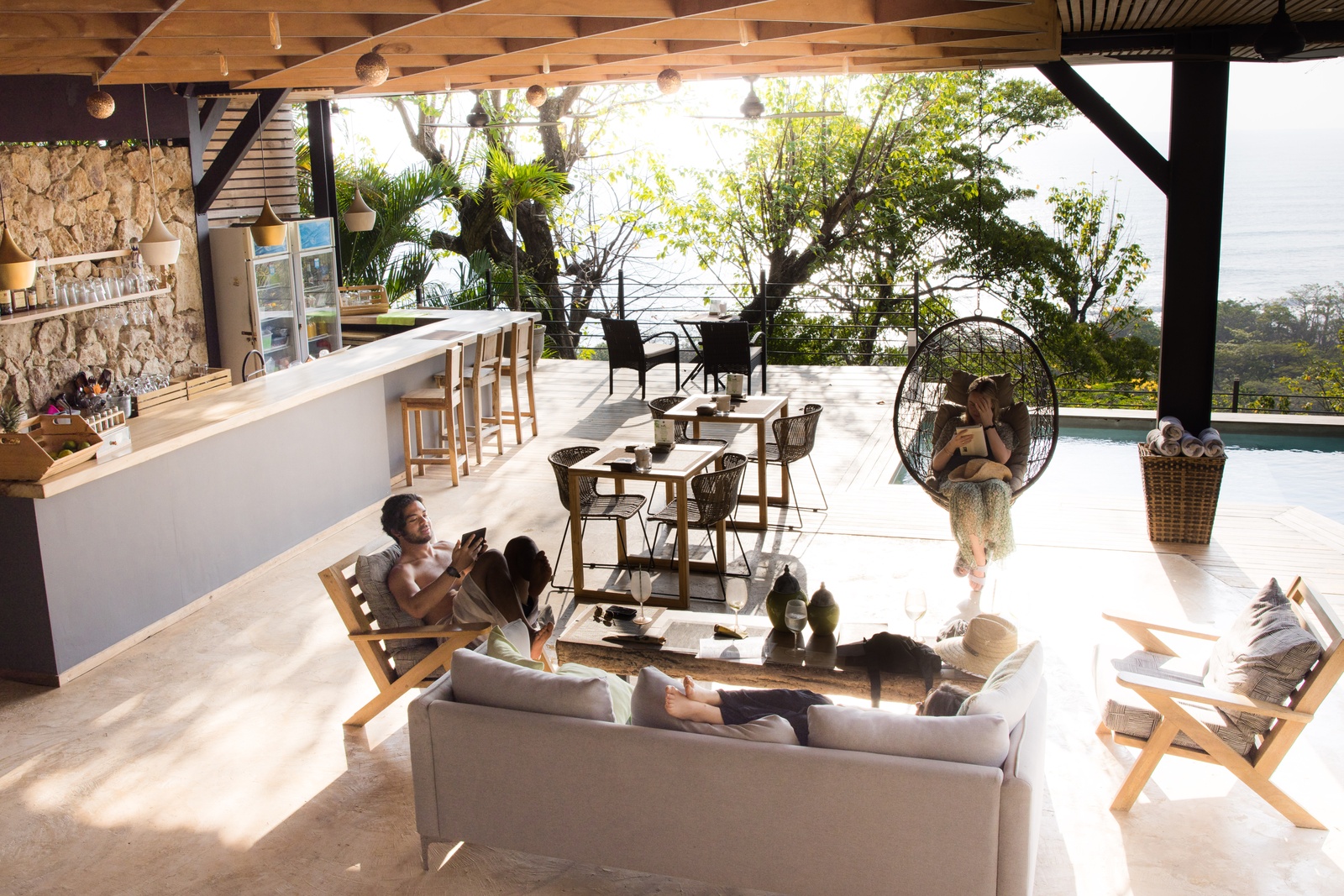
Santa Teresa is a small beach town on the tip of the western penincula. At this point it's been pretty thoroughly discovered.7 There's still a dirt road winding through town, but it winds past incredibly nice restaurants and hotel chains. The ocean break on the white sand is iconic. And you won't be the first surfer (or wannabe) to try to catch those waves.
This was the place that most widely adopted the pura vida lifestyle. Our surf shop owner's morning ritual was paddling out to meet his friends at sunrise, share a cigarette, and then swim back to grab some coffee. He also invited us to his birthday party after three minutes of chatting to us. Good guy - and good energy all around Santa Teresa. Especially from the people who were born around there and decided to stay.
Our recommendations:
- Vista del Alma: Stay there for a night if you can. It's nestled into the trees around Santa Teresa and each room has panoramic rooms of the ocean.
- Convivio: Rotates their menu every week. Small plates to share. We didn't have any trouble getting a spot in the back, but it did get pretty busy.
- Gigi: Amazing massage therapist. Specializes in a cross between thai massage and sports massage.
Between the food scene, the surf, and the people - it's easy to spend a week in Santa Teresa just doing. But its best quality might lie in not doing. It was a pretty perfect place to cozy up with a book either by the hotel or under the palm trees near the water.
Flying Home
After some visa woes nearly stranded us in Liberia, we eventually caught a flight back to the US. I have pretty low expectations for airlines overall, but the local Alaska Airlines staff was downright rude about the whole situation.8 They refused to let us board despite valid visa proof, ignored our request to speak to management, and initially refused to reschedule us on a later flight. Real tough feeling watching your flight take off without you on it.
A few lessons learned:
- I really hope you don't need to get through to the US Embassy when you're in Costa Rica. Their phones just rang off the hook when we called, and they're only open part time.
-
Sixt has really stepped up their branding game recently. They have a matte black color scheme with vibrant orange accents, which stands out dramatically against the dull energy of Hertz or Enterprise. Game recognize game, guys. ↢
-
On our way up we ran into a very distraught hiker. He shook his head as he passed and muttered, "impossible, not worth it, didn't even come close." ↢
-
They're evidently part of the raccoon family. I think they're pretty cute. ↢
-
Get it, because it's a rainforest? I'll see myself out. ↢
-
Not just a professional birder, but a birder specializing in northern costa rican birds. If you're part of the 3 people that foot this bill, feel free to ignore this section. I'm also impressed you found my blog. ↢
-
His car had an eBird sticker on the bumper. That's how you know he's a pro. ↢
-
Incidentally it hasn't been widely discovered by Americans, most of the people we bumped into were Australian or French. For whatever that's worth. ↢
-
I give them a slight pass - with all the other things they're dealing with, I imagine they had bigger fish to fry. ↢